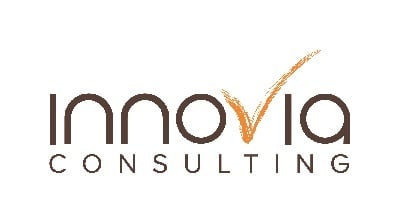Two of the most common objections we hear to migrating a customer’s system to the Cloud revolve around security and control. It’s easy to understand why. When you are used to running a server at your facility with all the data you need on it, you may view this as the most secure option for your business. After all, when it’s right there, you can keep an eye on it, right?
The problem is you can’t see when data is compromised by looking at the server.
Let’s take a closer look at security and control with Azure-hosted systems compared to on-premises.
Security: Where Would Competitors or Hackers Start Looking?
It’s a common conclusion: the safest place for my data is on my servers in my building. We know who can access it, and we aren’t utilizing a third party. It’s easy to understand why people may think this way because we are used to physical assets. You would rather park your car on your property than overnight on the side of the highway. Data, though, doesn’t work in quite the same way.
Let’s illustrate this by first considering a question: If your competitors or a hacker wanted to get your data, where would they start looking for it?
The answer should be obvious; they’ll start looking at your business location. One of the easiest ways to break into your data with an on-premises server is to steal the physical device. That way, they can crack the encryption from their location. They also might enlist a disgruntled employee to do the same thing on-site.

But, what if your server wasn’t where the criminals expected it to be? What if a single employee couldn’t crack your entire database and download it? With Azure, these aren’t just wishes; they’re reality.
- Microsoft invests over a billion dollars into security every year. All this investment benefits you when you host your system on Azure, helping ensure that you stay ahead in the cybersecurity arms race.
- Azure Data resides in secure, undisclosed facilities. Even if a hacker knew where a data center was, it would be profoundly challenging to locate your specific data in the global network.
Control: Can You Still Decide Who Accesses Your Data and How?
With on-premises servers, it’s easy to understand who controls your data. You do because the hardware is sitting in your building. If you needed to shut it off, you could flip a switch. Your team likely hosts some type of authentication solution to control access without outside interference.
However, to say that you don’t have that same level of control with Microsoft Azure is a misconception. Just because the server doesn’t sit in your building doesn’t mean you can’t:
- Design the security roles you need so that each person has the access they need (and no more).
- Determine which third-party solutions can connect with your data and with what permissions.
- Decide how your applications are structured.
If you work with a reputable Cloud vendor like Microsoft, your data is yours to control even though it’s in the Cloud.
Are You in the IT Business? Want to Get Out?
When did you get into the IT business? If that question sounds strange to you, consider that with on-premises servers taking over so much of your IT team’s time, it’s a fair question to ask. Want to get back to your business? The Cloud is the solution.
If you want more answers to these and other common objections to moving to the Azure Cloud, we invite you to read our free eBook Have Your Servers Got You Stuck in the IT Business. You’ll learn how:
- You keep control over your data in the Cloud.
- You enhance your security with Microsoft’s 24/7/365 cybersecurity specialists.
- You save money when comparing monthly fees to what you are spending maintaining your on-premises servers.

Stay tuned to this blog, as we’ll be back soon to talk about other common objections to moving to Azure and why they may not be as solid as they seem.





